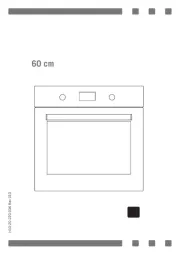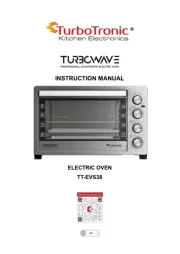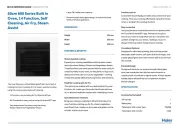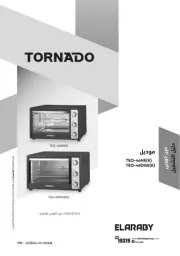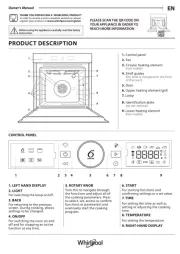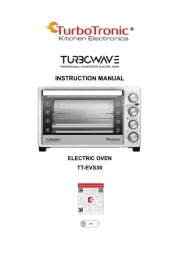GE JBP78SHSS Manual
Læs gratis den danske manual til GE JBP78SHSS (40 sider) i kategorien Ovn. Denne vejledning er vurderet som hjælpsom af 5 personer og har en gennemsnitlig bedømmelse på 4.1 stjerner ud af 3 anmeldelser.
Har du et spørgsmål om GE JBP78SHSS, eller vil du spørge andre brugere om produktet?

Produkt Specifikationer
| Mærke: | GE |
| Kategori: | Ovn |
| Model: | JBP78SHSS |
Har du brug for hjælp?
Hvis du har brug for hjælp til GE JBP78SHSS stil et spørgsmål nedenfor, og andre brugere vil svare dig
Ovn GE Manualer
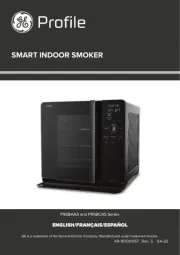
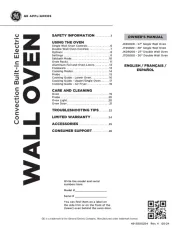
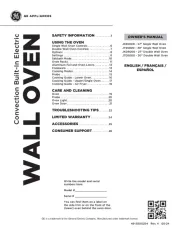
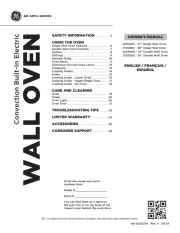
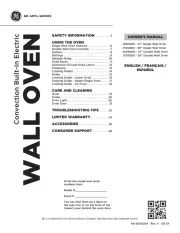
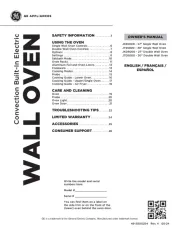
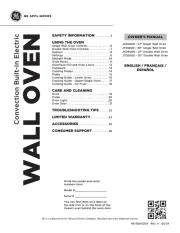
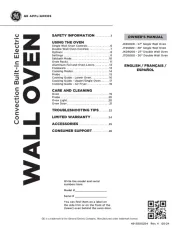
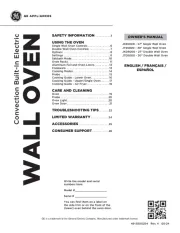
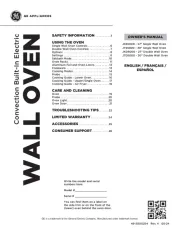
Ovn Manualer
- Sunpentown
- Proficook
- Ravanson
- Tandoor Morni
- Premium
- Alto-Shaam
- Tecnolux
- LAFE
- Arthur Martin-Electrolux
- Princess
- Jata
- Leonard
- Constructa
- Superior
- Becken
Nyeste Ovn Manualer


